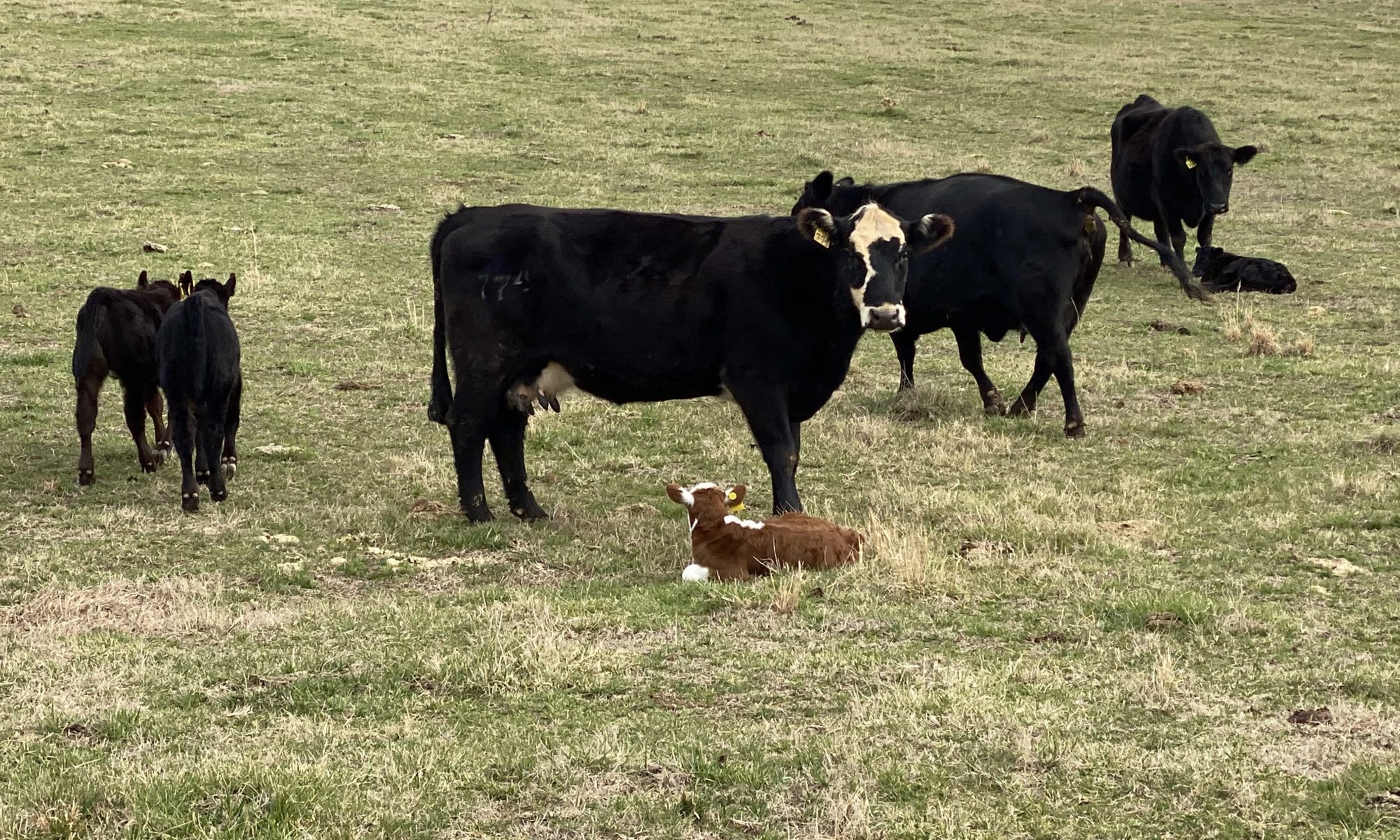

Dr. Andrew Griffith
Assistant Professor
Department of Agricultural and Resource Economics
P: 865-974-7480
The Story, “Once upon a time there was a cow and a calf. They were grazing in the pasture when they found a forest to play in. They played in the forest all day.” This is how my daughter began a story when I asked her how she would start a story about cows. I then asked her if she thought the cow or calf played more, or if the cow was actually having to work. She quickly decided the cow was probably working, because her job is to take care of the calf.
It is amazing how young minds work. They have the ability to simplify the biggest of problems and they can essentially solve some major issues. Alternatively, experienced people tend to miss the forest for all of the trees. These experienced individuals get caught up in the details instead of simplifying the situation and solving the primary issue.
Since Mother’s Day was just a few week’s ago, this is a good time to talk about how hard mothers work and the value they contribute to the operation. As appropriate as it would be to sing praises about the mothers who have brought value to my life and continue to do so today, the focus of this article is on the mothers in the pasture that serve as the 365 day a year work force for cattle producers.
Depending on where a person looks for seedstock, there is generally a focus on maternal characteristics and/or terminal characteristics. Thus, many seedstock producers are attempting to produce breeding stock that commercial producers can use to produce superior females or animals that will do well in the feedlot. Some seedstock producers attempt to balance these characteristics through their breeding programs. All of these approaches can have advantages and disadvantages, but the one thing that is certain is that poor breeding stock rarely produces good offspring. Thus, it has always been important and will always be important to place emphasis on the breeding females in the cattle business.
Probably the most economically important factor in a cow-calf herd is weaning rate relative to the number of cows exposed to a bull. This means the cow must get bred, carry the calf to term, successfully produce a live calf, and then carry that calf to weaning. So, the question is how big of an impact does a change in weaning rate have on profitability? An example of an 85, 90, and 95 percent weaning rate can show this difference. Assuming 100 cows with half of the calves being heifers and the other half being steers, the average revenue per 525 pound calf sold is $1,123. If it cost $1,000 per year to carry the cow then the producer who weaned 85 percent calf crop lost about $4,500 while the 90 and 95 percent weaning rate producers profited approximately $1,100 and $6,700, respectively. This is an over simplification, but it should get the point across that it is important to have cows that wean calves.
The cow is on the payroll for 365 days a year, and it is important that she is producing. However, the ability of her to be a good mother and produce is largely dependent on the person that takes care of her. It is vitally important to put resources into the work force, which means proper nutrition and an appropriate health program. There are certainly more detailed answers than this, but good cows will produce good calves if these two things are managed.
It is not much different for human beings. If a husband takes care of his wife then she will most likely shower blessings on her husband, and she will be at her best to be the best mother to any children. This will result in mothers rearing good children. The same goes for a wife taking care of her husband. They compliment each other. This is the same for a cattle producer taking care of a cow herd. If the cattle producer takes care of the cow herd, then those cows will take care of the cattle producer as it relates to producing good calves. It does not guarantee a profit, but good calves are better than bad calves or no calves at all.
